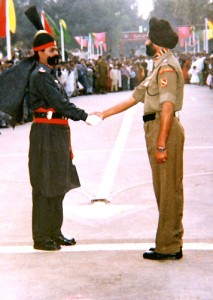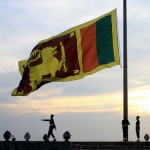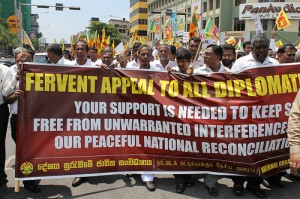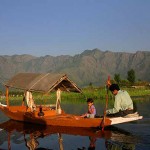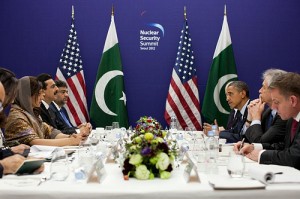
The Pakistan parliament has now completed its action on a resolution defining the terms of reference for future Pakistan-U.S. relations, adopting it without formal dissent. Action now passes to the Pakistani cabinet, which must formally initiate discussions with the United States. All eyes will be on how the U.S. and Pakistani governments negotiate the actual working of this troubled relationship. The parliament’s central role in this process also tells us about some things that have changed – and some that have not – in the way Pakistan’s government institutions work, both internally and with the United States. Both countries should take this opportunity to revise their well-practiced negotiating tactics, which have become a recipe for failure.
Read our article, published on foreignpolicy.com April 23, 2012.


